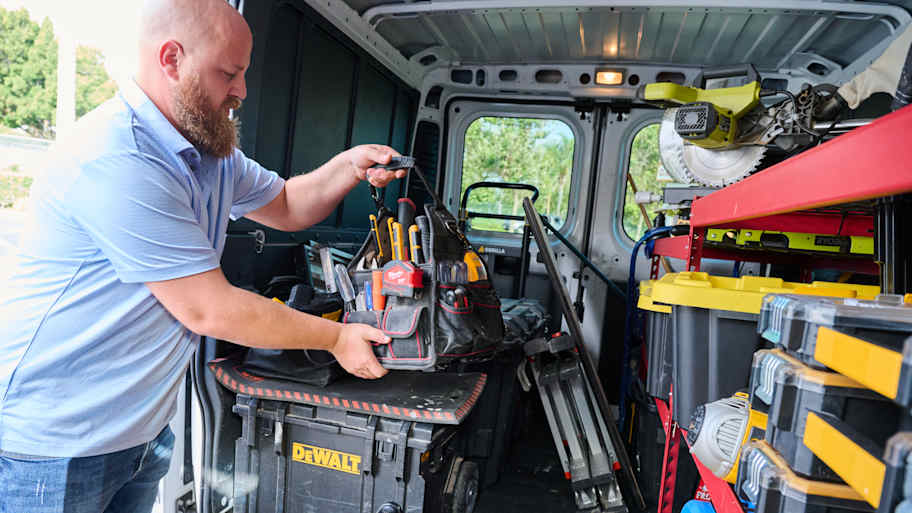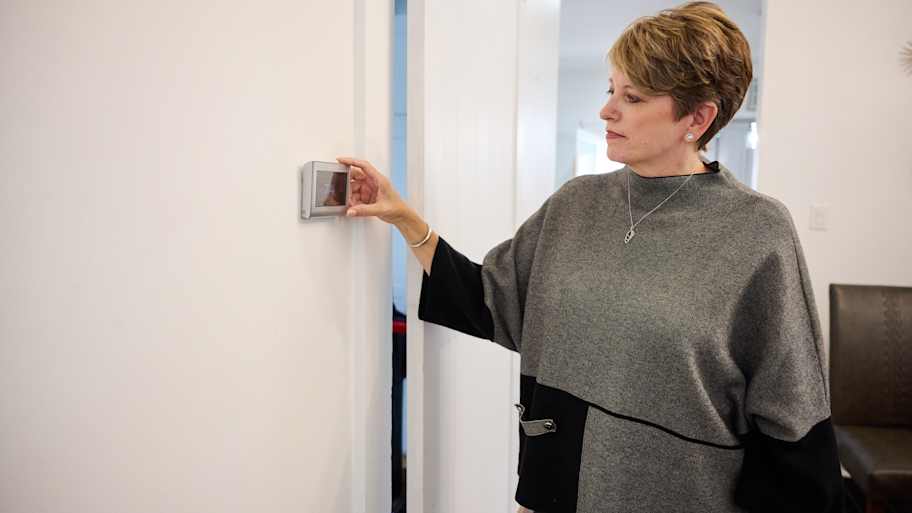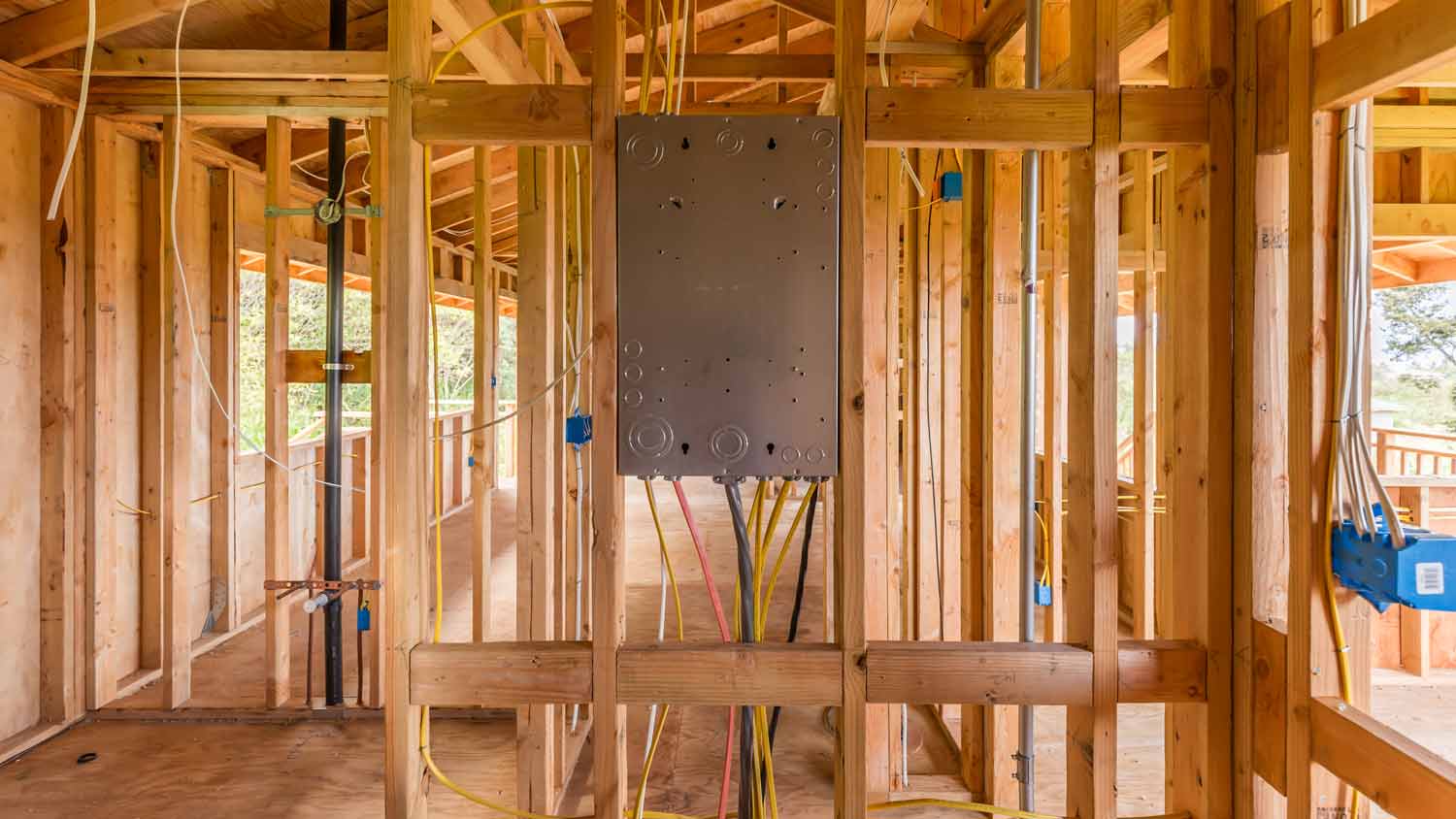How to Identify Old House Wiring Systems and When You Need to Replace Them
Bring your wiring into the 21st century for some peace of mind in an old home


Old, faulty wiring can create a serious fire hazard in a home.
Homes more than 40 years old may have outdated wiring.
There are several signs of unsafe wiring, like burning smells and power outages.
A licensed electrician can inspect your wiring and make upgrades.
Older houses are full of charm, but they may also carry risks regarding electrical wiring. While age alone doesn’t always make wiring unsafe, parts can deteriorate over time and create health hazards if not properly addressed. Additionally, many old house wiring systems are obsolete, and you may be better off replacing them with newer, safer types. Confirming that your home’s electrical system is in good shape and upgrading it wherever needed can help you rest easy when living in an older house.
The Dangers of Unsafe Wiring in Older Homes
In older houses, there’s a greater chance that the electrical wiring system is outdated and unsafe. Old, faulty wiring is a serious fire hazard, and electrical malfunction is the fourth leading cause of house fires, according to FEMA. Some home insurance carriers may charge higher premiums for homes with older electrical systems, while others may not provide coverage at all.
Because wiring hazards are often hidden behind walls or under floors, they often go unnoticed. However, an inspection by a licensed electrician can give you a better picture of the state of your system. An inspection will reveal any steps you need to take to upgrade your system for the safety of your household and your finances.
Old House Wiring Identification

Old houses are more likely to be equipped with an outdated wiring system. You don’t need to replace old wiring in all cases, but it’s important to know what type you have and the problems it may pose.
Knob-and-Tube Wiring Systems
Old-fashioned knob-and-tube systems date back to before 1940. While not inherently dangerous, they are not designed for modern power loads. This type of old wiring has no ground wire, a safety feature that protects modern appliances and devices from surges. You can’t add grounds to a knob-and-tube system, though installing ground-fault circuit interrupters, or GFCI outlets, may improve safety.
To identify knob-and-tube wiring, look for white ceramic knobs nailed to exposed joists in your basement or attic. There will be tubes running through the knobs to protect the wires. You don’t have to replace knob-and-tube systems in all cases, but call an electrician for a full inspection if you have knob-and-tube wiring and notice any of the following in your home:
Metal wire exposed through worn, cracked, or damaged wire insulation
Home insulation around wires, which may cause wires to overheat and catch fire
Exposed wire splices not protected by an electrical box
Circuits in your fuse box fused for more than 20 amps
Three-prong outlets that don’t have test and reset buttons
Aluminum Wiring
Copper wire is standard in home electrical systems, but some homes built in the ‘60s or ‘70s may have aluminum wiring instead. It can be tricky to identify aluminum wires on your own, though sometimes you’ll see the word “aluminum” on the insulation. Just don’t try to remove the insulation, as this can be risky without electrical expertise.
Aluminum wiring can be dangerous since connections tend to loosen over time. This issue creates tiny gaps between the wiring and connectors that may cause overheating or start fires.
A qualified electrician may inspect your aluminum wires and determine that you can leave them in place, typically with the addition of copper connectors at your circuit breakers and outlets or by upgrading to newer outlets and wall switches to prevent potential problems.
Cloth Wire
This predecessor to modern wiring consists of a piece of cloth wrapped directly around a metal conductor. Because cloth wiring has not been installed in homes for more than 50 years, any cloth wires in your home have likely begun to rot. Some cloth wires don’t have a ground conductor, which can leave you unable to use three-prong plugs and receptacles in some cases. Your home may also need additional circuits to distribute your electrical load evenly.
Some rubberized wires contain cloth insulation, so it can be tricky to identify on your own. The best way to know if your wiring is cloth is to hire a pro to inspect them for safety. They can also recommend solutions to mitigate any risk.
Other Common Wiring Problems in Older Houses
If your house is more than 40 years old and you’re unsure whether the wiring is safe, look for the following signs of an unsafe electrical system.
Wires with damaged insulation and exposed metal
Fuses that blow regularly or breakers that frequently trip
A tingling sensation when you touch a wall switch, appliance, or outlet
Lights that regularly buzz, dim, and flicker on their own
A burning smell coming from a room or a certain appliance
Discoloration around outlets or switch plates that may be burn marks
Ungrounded outlets (with receptacles for only two-prong plugs)
Outlets in your kitchen or bathrooms that don’t have test and reset buttons
Wiring that has been spliced or modified as a DIY
Extension cords used as a permanent solution
Solutions for Unsafe Wiring
If you suspect that your wiring may be unsafe, there are upgrades you can make to ensure a safe supply of electricity:
Replace damaged switches and change loose outlets where cords can be pulled out without resistance
Replace circuit breakers with arc-fault circuit interrupters (AFCI) to detect and shut off circuits delivering random charges from faulty wiring that can spark fires
Install GFCI outlets to shut the circuit between grounded components and electrical current sources to prevent electrical shock
DIY electrical work can be dangerous without experience. It’s best to have your system inspected by a local electrician. They will let you know whether your wiring needs to be fully replaced or simply upgraded. Depending on your needs, they can also run new wiring, add new outlets, replace circuit breakers or damaged components, or upgrade your electrical panel.



.jpg?impolicy=leadImage)

- Home Generator Repair
- Lamp Repair
- Electric Repair
- Generator Installation
- TV Antenna Services
- Emergency Electricians
- Commercial Electricians
- Attic Fan Installation
- Attic Fan Repair
- Exhaust Fan Installation
- Electric Inspectors
- Subcontractors
- Electrical Construction
- EV Charger Installer
- Chandelier Installation
- Doorbell Installation
- Bathroom Fan Installation
- Ring Installers
- Electrical Panel Upgrade
- Cloth Wiring: Identification, Dangers, and Solutions You Should Be Aware Of
- Aluminum Wiring vs. Copper Wiring: How to Choose
- Why Hire an Electrician? Top Reasons to Consider
- What Is an Electrical Inspection and When Do You Need One?
- How Long Does It Take to Rewire a House?
- The Complete Old House Inspection Checklist for Buyers
- 7 Home Electrical Safety Tips That You Should Know
- 4 Ways to Fix Bathroom Outlets That Are Not Working
- 7 Common Building Code Violations (and How to Avoid Them)
- How To Upgrade Your Electrical Panel Safely










